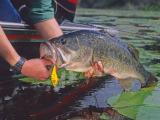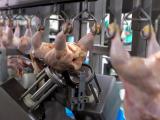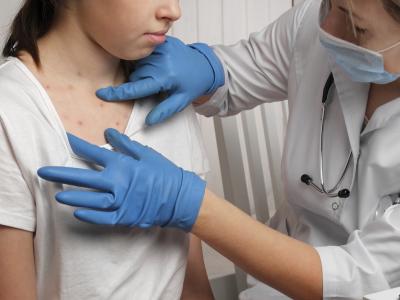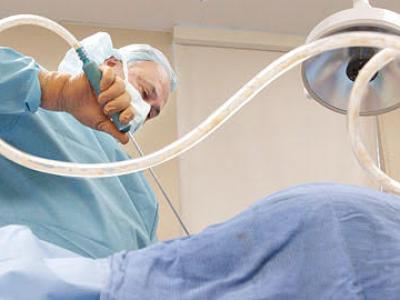Oct 15, 2004 (CIDRAP News) The US Food and Drug Administration (FDA) has announced a new guideline to prevent the use of cattle infected with bovine spongiform encephalopathy (BSE) in any animal feed.
The use of most mammalian protein in cattle feed has been banned since 1997, but the Sep 30 recommendation, which took effect immediately, goes further. It says that animal feed and feed ingredients with material obtained from a BSE-positive animal are considered adulterated and cannot be fed to any other animals.
"FDA recommends that any such adulterated feed or feed ingredients be recalled or otherwise removed from the marketplace," the guideline says. The FDA recommendation is not binding, and the agency said it would continue to accept comments on it.
The FDA had also previously banned high-risk cattle tissues, or "specified risk materials" (SRMs), from human food, food supplements, and cosmetics. SRMstissues most likely to harbor the BSE agent in an infected animalinclude the brain, skull, eyes, spinal cord, vertebral column, and certain nerve bundles in cattle 30 months or older, plus the tonsils and small intestine of all cattle.
Cattle can contract the prion disease BSE, one of several transmissible spongiform encephalopathies, by eating feed containing material from infected cattle. To prevent this, in 1997 the FDA banned the use of most mammalian protein in feed for ruminant animals. The rendering of cattle into feed for nonruminant animals such as pigs and chickens remains a common practice, but it has come under heightened scrutiny since the discovery of one cow with BSE in Canada and one in the United States in 2003. The concern is that contaminated material could be fed to cattle through cross-contamination in feed plants or if feed intended for other animals is given to cattle.
The latest recommendation is another government step to close gaps in BSE prevention, said Will Hueston, DVM, PhD, director of the University of Minnesota's Center for Animal Health and Food Safety in St. Paul. Hueston was also part of an international review team (IRT) that assessed BSE cases in the United States and Canada.
Canada and the United States may be close to taking what some view as a key step in that process: banning SRMs from all animal feed.
FDA announced last July its intention to propose such a ban. Roughly 1,400 individuals and 100 industry groups sent letters during a subsequent comment period, Linda Grassie, the communications director for the FDA Center for Veterinary Medicine, said today.
Though a proposal is expected, Grassie said she doesnt know when it will be issued.
Canada is also expected to take its rules a step further soon. The Canadian government announced in July that it would ban the use of SRMs in animal feed. One reason for the delay in implementing the Canadian ban is the problem of determining how to safely dispose of those body parts, officials said.
Officials reiterated that message recently in response to a new round of questions raised by media reports over tracing of animal feed suspected of containing materials from the BSE-infected cow found in Canada last year.
Testing backlogs led to the infected animal being rendered, Sergio Tolusso, feed program director for the Canadian Food Inspection Agency, told Meatingplace.com last week. Investigators traced the feed, visited 200 farms and found several cases where cattle encountered the feed, intended only for pigs and chickens. Three cattle farms were quarantined and 63 cattle destroyed, according to the Canadian Broadcasting Corporation.
Hueston said that ideally, Canada and the United States would develop complementary response systems.
On both sides of the border were trying to close the gaps, he said. But determining how much risk those gaps in rules represent and what to do about tricky problems such as handling SRM disposal is still hotly debated, he said.
The challenge becomes that there are lots of ways for the material to get back into cattle feed, Hueston said.
See also:
Sept 30 FDA guidance on use of material from BSE-positive cattle in animal feed
http://www.fda.gov/OHRMS/DOCKETS/98fr/2004d-0438-gdl0001.pdf

















